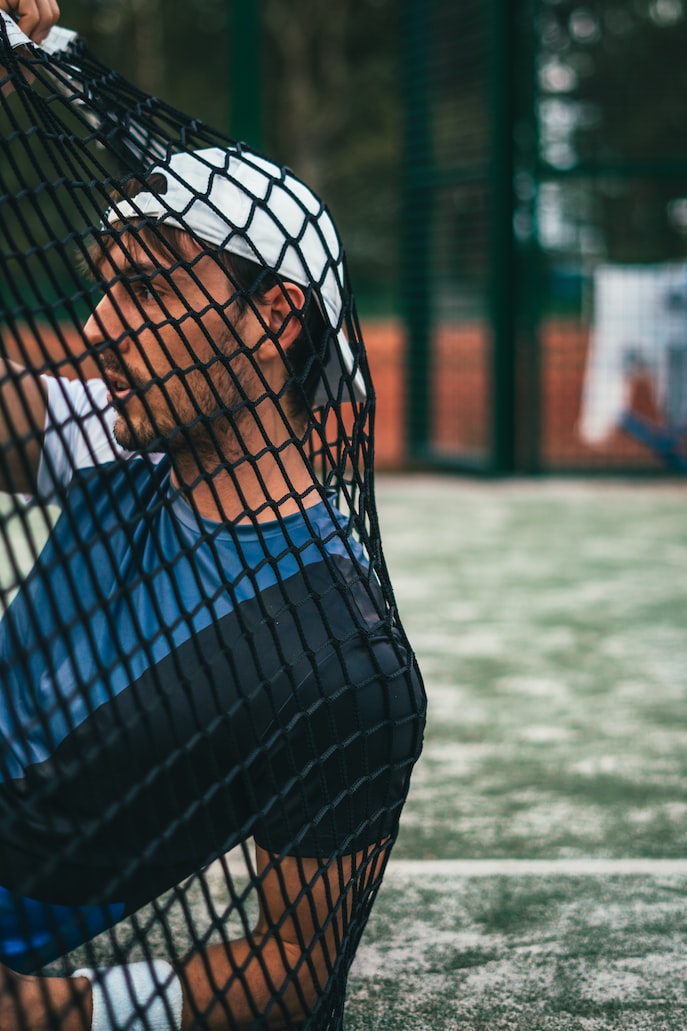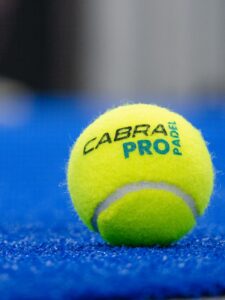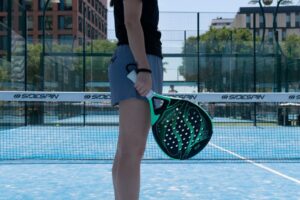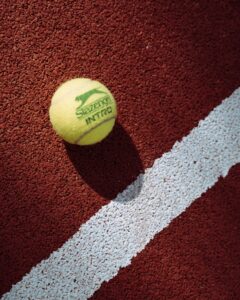Making Sense of the Language of Padel: A Glossary of the Most Important Terms
2 min read
Making Sense of the Language of Padel: A Glossary of the Most Important Terms
Are you new to the world of padel and feeling lost in the sea of jargon? Don’t worry, we’ve got you covered. In this article, we’ll walk you through the most important terms in the padel glossary, so you can confidently navigate the court and impress your opponents with your newfound knowledge.
Padel
Let’s start with the basics. Padel is a racket sport that originated in Mexico, but quickly gained popularity in Spain and other countries around the world. It’s similar to tennis, but played on a smaller court with walls, and is typically played in doubles.
Court
The padel court is 20 meters long by 10 meters wide, with walls on all four sides. The walls are part of the game, so players can use them to bounce the ball back to their opponents.
Serve
The serve is the starting shot of each point. The server must hit the ball underhand and make it bounce on their side of the court before it goes over the net. If the ball hits the net and lands in the service box, the server gets a second chance (known as a “let”) without penalty.
Point
A point is won by hitting a shot that bounces twice on the opponent’s side of the court, or by forcing an error from the opponent. The first team to reach six games wins the set, and the first team to win two sets wins the match.
Lob
A lob is a high shot that goes over the opponent’s head and lands close to the back wall. It’s a defensive shot used to buy time and reset the point.
Smash
A smash is a powerful overhead shot that’s used to finish the point. It’s often hit from close to the net, and is meant to be hit with force and precision to avoid giving the opponent a chance to return it.
Volley
A volley is a shot that’s hit in the air without letting the ball bounce on the court. It’s usually used when the opponent hits a weak shot or when the player is at the net.
Conclusion
There you have it, a crash course in the language of padel. By learning these terms, you’ll be able to follow the game and communicate with your partner more effectively. But remember, the best way to improve your padel skills is to practice, so grab a racket and get out on the court!







